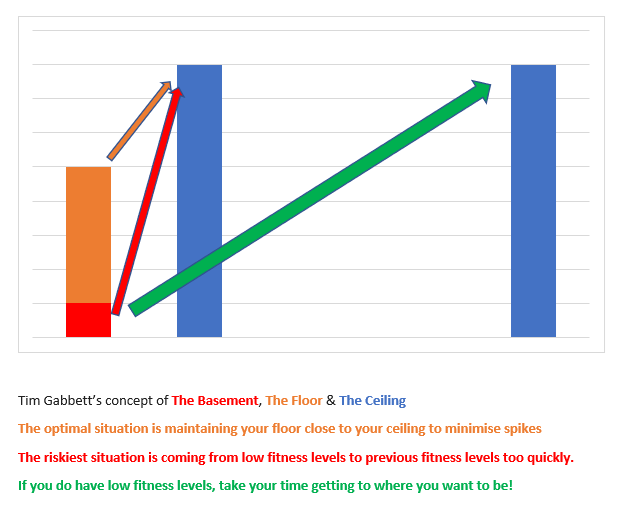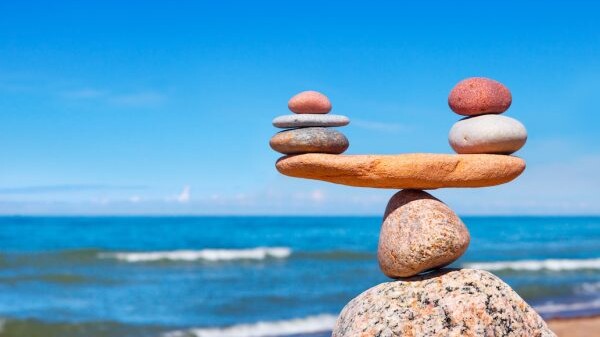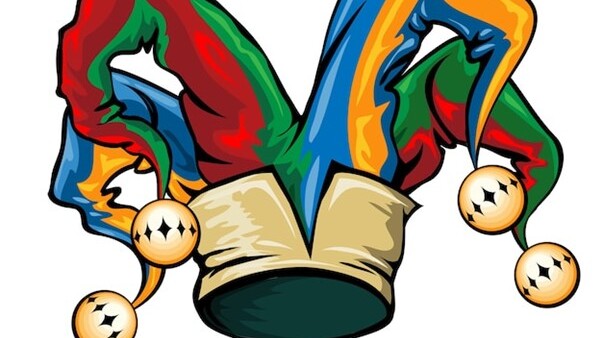
Why Maintaining Some Form of Conditioning Is Important During Holidays
As we approach the end of a non-lockdown COVID year that has arguably been as tough as our COVID locked down years, many people are mentally and physically exhausted, and counting down the hours until a well-deserved break. And whilst a break is an important part of any recovery strategy, you can “get too much of a good thing’! It has been so great to see the return of sport and regular fitness activities, but as we approach the festive season where longer breaks can be the norm, I want to pass on some words of advice to help you understand that “complete rest” often isn’t your best form of recovery and rejuvenation.
There will be four concepts covered here, which I use regularly in my day-to-day clinical practice, but concepts that belong to world renowned Sports Scientist Tim Gabbett. Tim has worked with elite athletes all over the world, and his research and publications have been largely responsible for the way many health professionals view notions such as training loads and load management, and his work is influential in how we develop, maintain, and progress the fitness programs we are delivering our own clients!
The first three of these concepts involve the use of a house analogy: the Ceiling, the Floor, and the Basement. In this analogy, the Ceiling represents the highest level of fitness or conditioning you are likely to need, our peak! In the life of an athlete, this will often represent competition or game day fitness; for those of us that are simply trying to stay fit and healthy, our Ceiling might be the longest walk we go on, a summer tennis or golf tournament where you play multiple games in a day, or multiple days in a row, or even the increased “time on feet” that might occur with an upcoming holiday. Whereas the Ceiling represents the highest level of demand we are likely to place on our body, the Floor represents our current level of fitness, our current capacity. This relates to whatever exercise you are doing right now and have done over a recent period of consistent time. And the Basement – that’s where you don’t want to be: the Basement refers to the lowest levels of fitness and conditioning we can have and this occurs when we do nothing. Often this basement period correlates to times like Christmas, where holidays are on the agenda, rest is the norm, and regular Pilates, yoga, cycling Beach Rd, gym session etc are put on hold. But it can also be after times of illness and extended layoffs when our fitness levels drop to rock bottom levels.

Ideally, to not only stay fit and healthy, but to be able to perform at our best on “game day” and to reduce injury risk, the goal is to maintain our Floor as close to the Ceiling as we can. The Floor cannot be at the Ceiling level because you would get injured with that level of continuous and intense training. Performances is optimal, and injury risk minimum, when your Floor is kept close to the Ceiling. By achieving this, when you call on your maximum effort levels, the “spike” between your Floor and Ceiling levels is kept to a minimum and therefore the risk of injury is reduced. As mentioned above, by having a high Floor level, your Ceiling will also get pushed further upwards meaning your maximum potential is improved.
The fourth and final concept to discuss is that of Time. One of the greatest challenges faced by us all is the Time required to achieve an optimal Floor, or level of fitness. If you progress your activity levels too quickly (especially if you’re starting in the Basement) injury risk is high and performance levels are likely to be low. If you’re about to go on an extended break from your normal fitness activity, and you have enough Time to build back up gradually to your required fitness level, then having a bit of a rest probably isn’t a bad thing – provided you take that available Time to build back up.
However, the big problem we see is people hitting this time of the year at fantastic fitness levels on the basis of months of regular exercise, followed by a January month of sun and surf, and food and drink, and rest and relaxation – the problem occurring when the goal of the first week back to activity is to start back where you left off! With a Floor that has fallen closer to the Basement (but similar Ceiling expectations) the sudden spike in load might just cause you unwarranted pain!
So in finishing, let’s put Ceilings and Floors and Basements and Time to the side and get to the moral of this article: it doesn’t take much to maintain reasonable levels of fitness and conditioning even during our holidays – try and do something over the festive period that is at least a smaller version of what you currently do – go for a smaller, slower jog or swim or ride; grab a band and mimic some of your Pilates exercises; use your own body weight to complete a few exercises that you would normally do with weights in a gym.
To be at our most fit and healthy, the ideal is that during holiday periods we keep doing something – it might be lower intensity, less time consuming, and not as demanding, but it will help enormously when you return to your chosen activity. And if you do have to have a period of absolute rest (which COVID is certainly looking after for many of us), just consider the Time concept when you’re getting back into things!
Anthony Lance
SSPC Physiotherapist
You might like these other resources
Are Your Bones Strong Enough?
28 May 2024
BEWARE YOUR SCAN RESULTS!
23 February 2023
Staying Healthy – The Missing Pieces Of The Puzzle
17 November 2022
So I Don’t Need A Knee Reconstruction Anymore?
8 September 2022
You Absolute Fool!
15 August 2022





